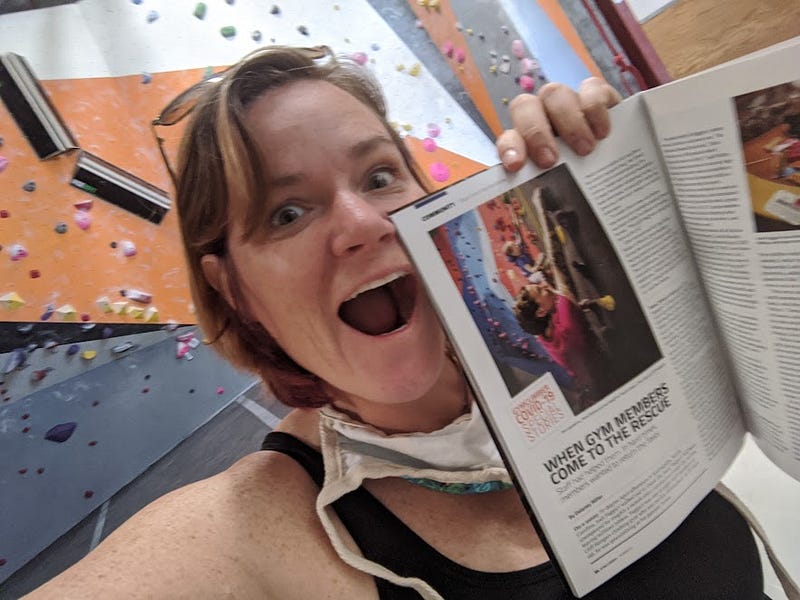How This CEO Stopped Wasting Time on Low-Impact Projects and Prioritized Ideas for Maximum Impact

You know how things come at you and they feel really urgent and you work really hard on them, and then . . . there’s little to no impact? Humans really can’t help themselves sometimes.
As the CEO of a growth-mindset-centered firm, we hire people brimming with ideas, but the larger the company grows, the less we green light them. It can be demoralizing at best and depressing at worst when that happens — the idea sits in a mental load for the idea champion for it AND the supervisor charged with empowering the idea champion. It sucks. Over time it can cause burn out.
Fortunately, there is another way — and I fully credit Fix This Next by Mike Michalowicz.
Here’s the premise: Crisis mode exists because of your gut, and not because of strategy. Tend business from the foundation up.
So what do we do is — in our project management software, I create a project called “Fix This Next.” All directors can add ideas, as fleshed out or not as possible. The CEO (that’s me) owns the project and is the only one that can prioritize it.
Twice a week, I look at the items and I sort them by the Fix This Next category.
Priorities, numbered by order:
- Sales: cash generated — money in or you die
- Profit: stability and scalability
- Order: efficient business and staff autonomy
- Impact: interactions move to transformative experiences
- Legacy: your business goes on without you
Then, I rank them by qualities to acheive some sense of objectiveness. Here’s the rubric I use for entering qualities (hat tip to Marc Gutman for this rubric):
- Budget (1 = expensive, 10 = free): must consider cost of wages and time as well as cost to implement
- Ease (1 = difficult, 10 = super quick and easy): does it take advanced brain power or is it literally the flick of a switch
- Urgency (1= nobody is asking for it, 10 = everyone needs it): Evidence that it is wanted and needed is important for higher ranking
- Impact (1 = not going to affect many people, 10 = affects everyone involved): How deeply will the finished product affect the process or people involved
Here’s what it all looks like:

When it’s all set up, it’s really easy to:
- Find and fix your biggest business problem to move it forward
- Identify all needs being met at what level
- Figure out what’s closest to the foundation (#1) — that’s your priority
- Measurable solution and action to realize the goal
- Do it again
Often times, as I review, I’ll realize there are multiple ideas under the same category and I’ll have to combine them and reprioritize it. It allows me to pull everyone’s thoughts all the time, into something actionable.
AND transparent. Our inter-company portal has a link to it when anyone with a login to our Asana workspace can see the ideas and priorities. It helps understand that their concerns aren’t lost and why they aren’t being addressed right now.
I cannot tell you how much morale has improved, especially for my brightest minds. Try it, you’ll like it.

Leave a Reply